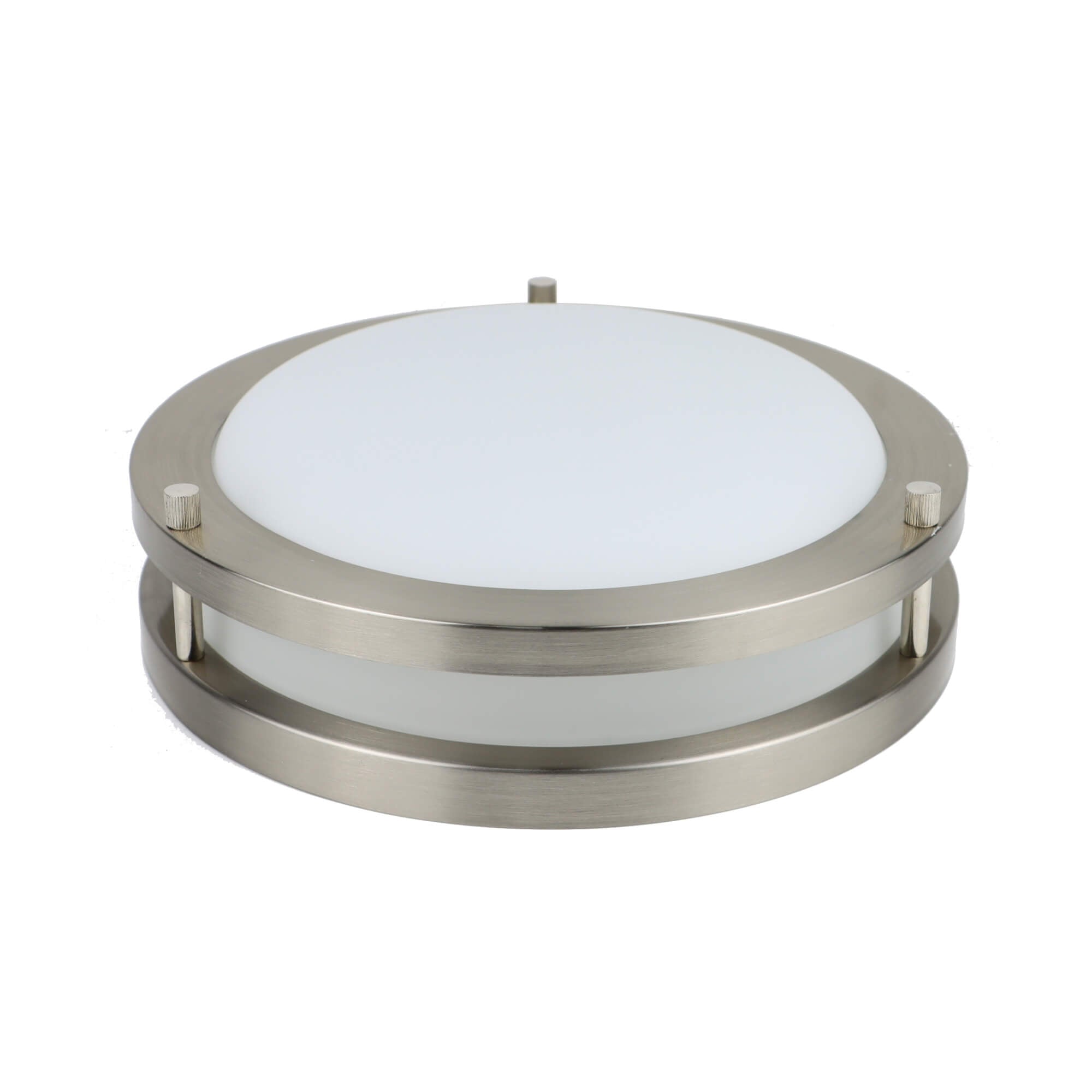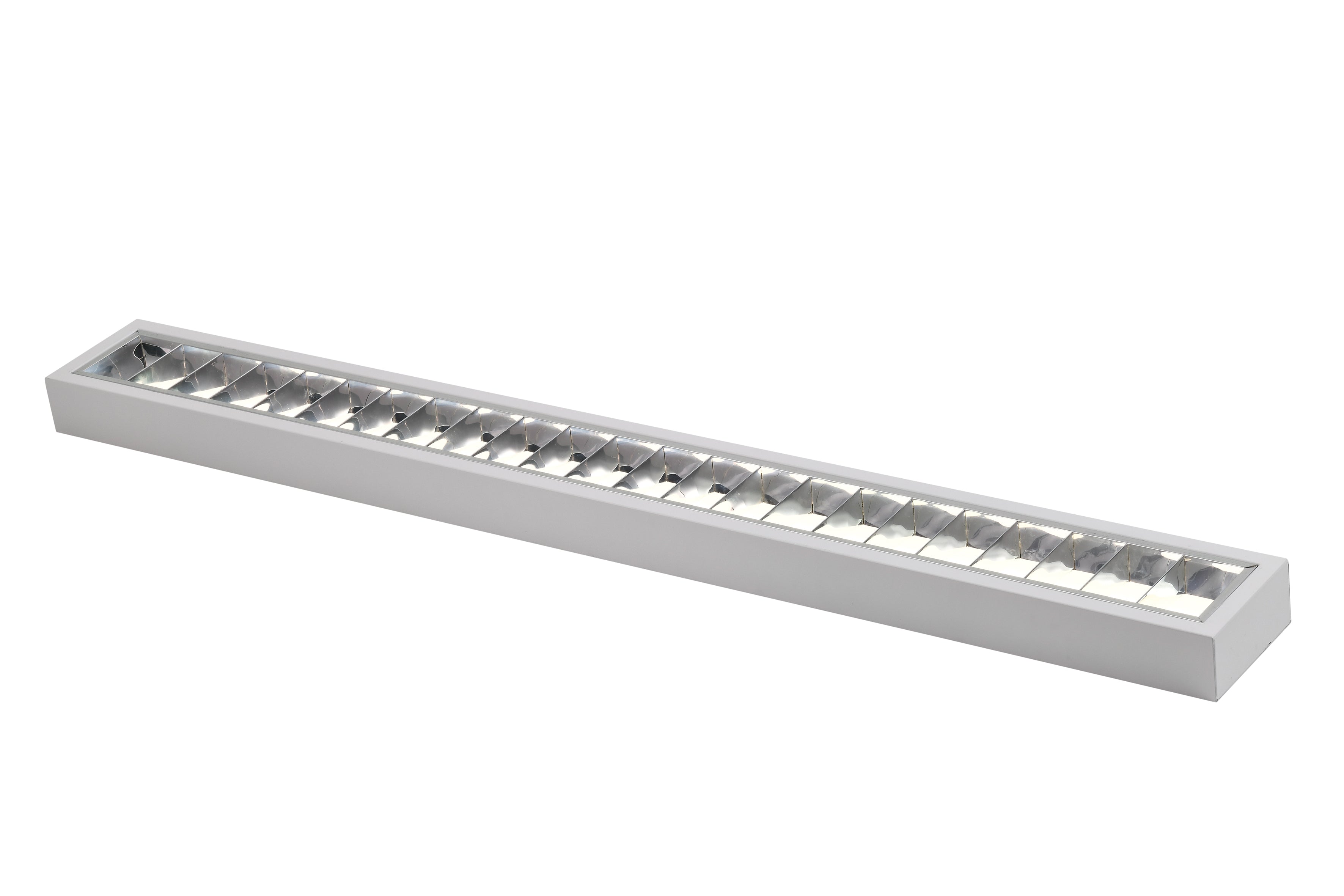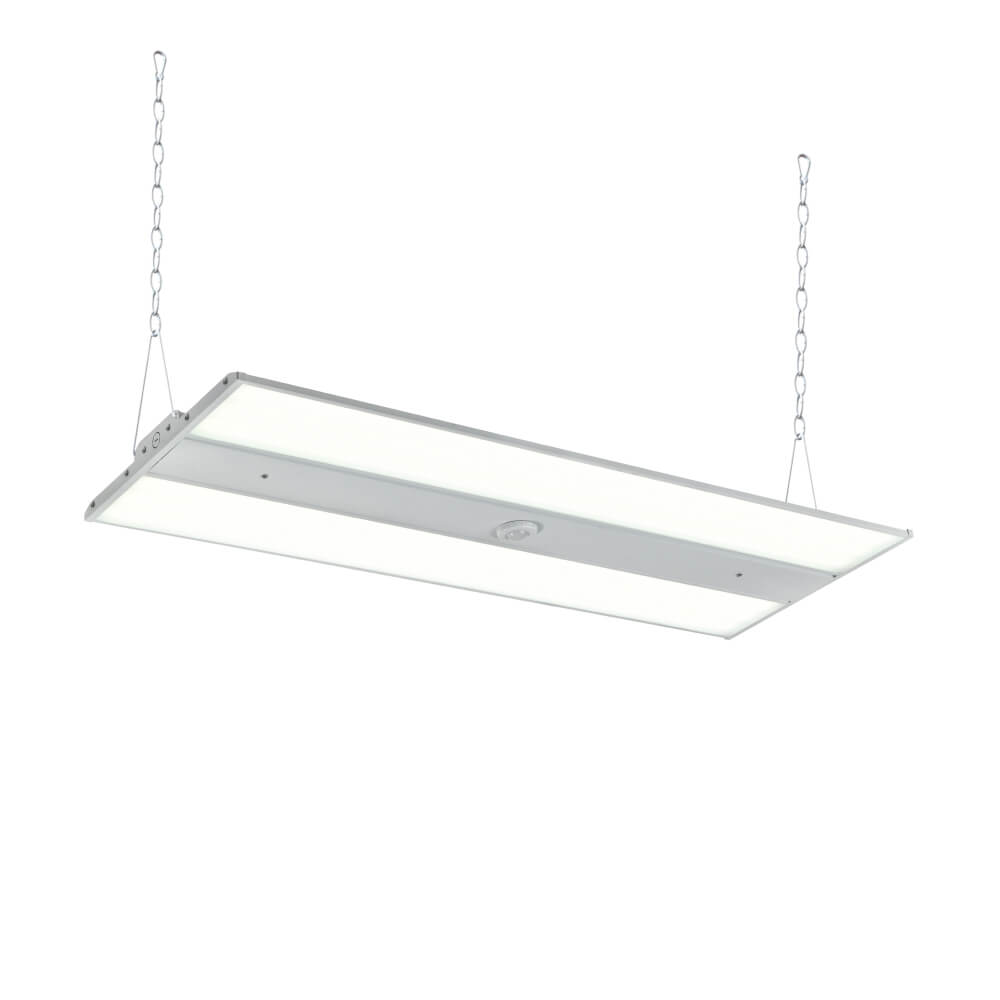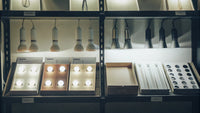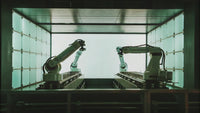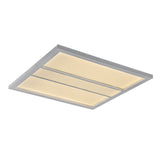Industrial High Bay LED Lighting: Boost Productivity & Save Energy
Navigation
In the fast-paced world of manufacturing and warehousing, proper lighting can make all the difference. High bay LED lighting has emerged as a powerful solution for businesses looking to improve productivity, reduce energy costs, and improve worker safety.
In this article, we'll take a closer look at high bay LED lighting and help you determine whether these lights are right for your industrial workspace. So don't wait any more! Let's get started and make your workspace shine with high bay LED lighting.
What is an industrial-grade high bay light?
A robust system designed and built to withstand the harshest circumstances is an industrial-grade high bay light. External problems like dampness, dirt, dust, corrosive compounds, severe temperatures, unreliable power supplies, and vibration frequently make industrial lighting installations more difficult.
These challenging working circumstances can be encountered in a variety of industrial settings, including steel mills, aerospace production plants, casting and welding operations, etc. In such environment, the reliability of light fixtures are essential in these harsh conditions to guarantee secure and effective operations.
In addition to mechanical, electrical, and environmental factors, industrial facilities face other challenges that can significantly impact their lighting costs. Facilities with high-ceiling installations, expansive spaces, and long operating hours require efficient lighting solutions that minimize operational expenses while delivering high-quality and adequate illumination.
With energy costs continuously rising and stringent energy codes being enforced, facility owners must adopt energy-saving measures to control their electrical expenses. However, energy efficiency should never come at the cost of inadequate illumination, as poor lighting can endanger worker safety and compromise performance. Failure to prioritize lighting quality and quantity can lead to productivity losses and injuries, offsetting any cost savings achieved through energy efficiency measures.
Why LED lightings are popular and advanced?
Legacy lighting technologies, such as high-intensity discharge (HID) lighting systems, were commonly used for high bay applications due to their high wattage capability and improved luminous efficacy, especially when compared to traditional incandescent lamps.
But you have to know, HID lighting has several limitations that impact its value proposition for industrial spaces. These include long startup and restrike times, limited dimming capabilities, catastrophic envelope failures, high lamp lumen depreciation, and short lifespans under high-frequency switching or high-wattage operation. These limitations can lead to high maintenance costs, especially for luminaires installed at heights that are difficult to reach. HID lighting is also characterized by low lighting application efficiency, as the omni-directional emission of HID bulbs leads to significant optical loss at the fixture level. As a result, HID fixtures must be installed in high densities to achieve uniform light distribution over an expansive space.
Although high-output fluorescent tubes provide uniform light distribution and improved on/off switching ability, their lifespan is greatly affected when fixtures are frequently cycled on and off. Additionally, fluorescent lamps suffer from other issues such as poor dimming performance, low efficiency or malfunction in extreme temperatures, and flickering (stroboscopic effect). Given these limitations, industrial facilities are increasingly turning to newer lighting technologies, such as LED lighting systems, which offer a more reliable and efficient lighting solution for long-lasting and effective illumination in high bay applications.

A top-notch lighting solution is essential for an industrial facility to succeed. Powerful, effective, and dependable lighting solutions are needed in industrial settings. More and more industrial facilities are moving to LED luminaires due to safety issues, poor dependability, low efficiency, and high maintenance costs associated with older lighting systems. With their superior light delivery and energy-efficient lighting, LED lighting systems represent a quantum leap in energy efficiency.
The risk of fire from hot debris when utilizing metal halide lamps with quartz or ceramic arc tubes and tungsten electrode materials is eliminated by LED illumination in addition to cost savings. LED high bay systems provide a safer option with a significantly reduced fire risk.
Moreover, LED lighting offers the critical security, toughness, and dependability needed for failure-free operation in demanding industrial applications, resulting in decreased maintenance costs and long-term operational benefits.
LED technology offers embedded programmability, intelligence, and networking capabilities, unlocking a variety of value-added features that transform lighting from a necessary expense to a strategic asset with the capacity to redefine color quality and enhance lighting uniformity for a safer working environment.
The specifications for design and engineering
Industrial-grade high bay lights are specifically designed to be mounted at heights of at least 6.1 m (20ft) on ceilings, although some models can also be used in low bay areas.
The versatility of industrial LED luminaires, in terms of their form factors, light outputs, and optical distributions, allows for customized lighting solutions that match the function and complexity of the space or task at hand. High-lumen-output lighting systems are required in most manufacturing facilities due to space constraints.
High bay LED lights offer lumen packages ranging from 15,000 to 100,000 lm, with a nominal correlated color temperature (CCT) above 4000 and a color rendering index (CRI) in the 80s.
Integrated LED systems generally use lower wattage luminaires, while modular designs are used for higher wattage systems, allowing for scalable lumen packages, easy component replacement, and future upgrades.
Despite their many advantages, high bay LED lights for industrial applications are complex systems that require careful selection, design, and engineering of the LEDs and sub-systems (thermal, driver, and optical) to overcome the limitations of traditional lighting systems and address the inherent challenges of LED technology and the operating environment.

Conclusion
In conclusion, high bay LED lighting is revolutionizing the world of industrial lighting by providing a powerful, efficient, and reliable solution for a range of industrial settings, from automotive assembly plants to steel mills. LED technology offers embedded programmability, networking capabilities, and improved lighting uniformity for a safer work environment, allowing for customized lighting solutions that match the function and complexity of the space or task at hand.
Besides, LED lighting systems bring considerable energy savings, lower maintenance costs, and long-term operational savings, replacing traditional lighting systems such as HID and fluorescent lamps. Thus, industrial-grade high bay lights are crucial investments for facility owners who want to improve productivity, reduce energy costs, and ensure worker safety.
Halcon Lighting is a professional manufacturer of commercial LED High Bay Light with over 100 workers. Our ETL certified LED high-bay lights offer an efficient lighting solution with a high efficacy of 130 Lm/W, available in wattages ranging from 80W to 320W, and lengths of 2ft and 4ft.
We offer OEM/ODM services, allowing customers to customize their lighting solutions to their specific needs and requirements.
